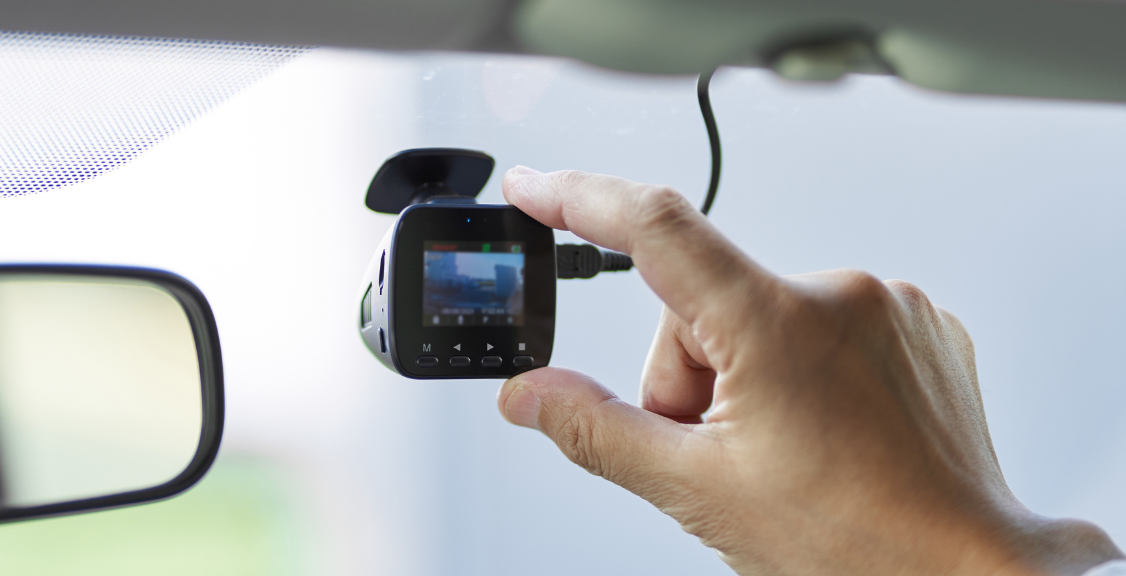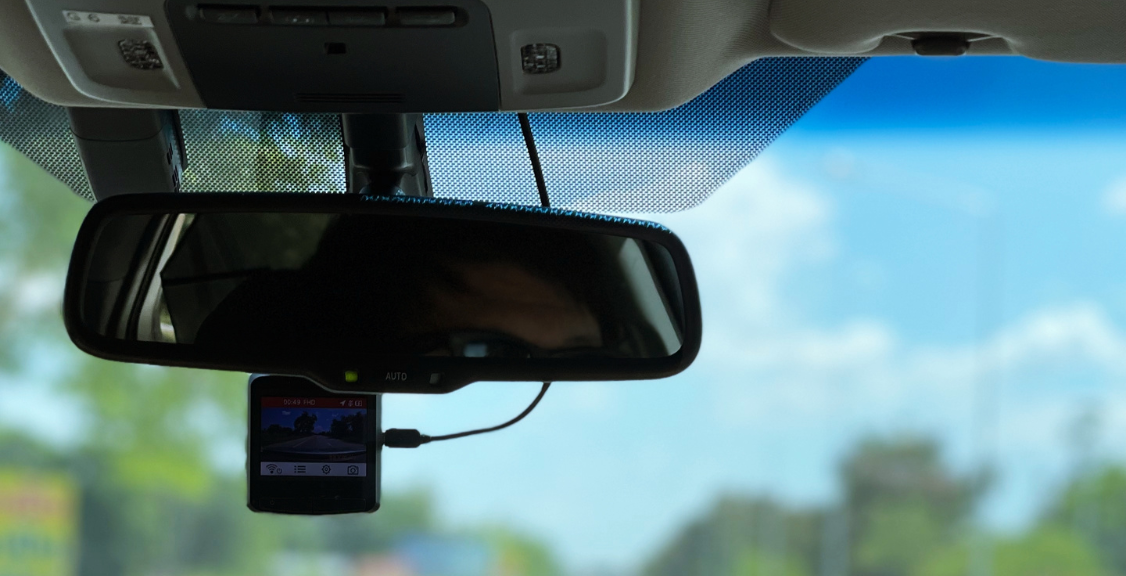Key Takeaways
- Removing a telematics device stops data tracking and protects privacy.
- Telematics devices are usually found in the OBD-II port, dashboard, or glove compartment.
- Uninstalling telematics requires proper disconnection to avoid system errors.
- Deactivating telematics is an alternative for built-in systems that are hard to remove.
- Resetting the vehicle’s system and unlinking accounts ensures no data remains.
Table of Contents
A Step-by-Step Guide on Removing a Telematics Device from Your Vehicle
Telematics devices are installed in many modern vehicles to track driving behavior, monitor vehicle performance, and provide data to insurance companies or fleet managers. These devices connect to a car’s systems and use GPS, sensors, and wireless communication to collect and transmit data. While telematics can be useful for improving safety, reducing insurance costs, and optimizing vehicle maintenance, some car owners prefer to remove them due to privacy concerns, unwanted tracking, or preparing a vehicle for resale.
To safely remove a telematics device, the process involves locating the device, disconnecting it properly, and ensuring data privacy is protected. Incorrect removal can cause electrical issues or trigger system warnings. This telematics removal guide provides clear steps for uninstalling a telematics device, explaining how to disconnect a telematics device without damaging the vehicle. For those who prefer a less distracting method, the guide also covers how to deactivate telematics while keeping the system intact.
What is a Telematics Device?
A telematics device is a small electronic unit installed in a vehicle to collect and transmit data about driving habits, vehicle performance, and location. These devices use GPS, onboard diagnostics (OBD-II), and wireless communication to send real-time information to external systems. Telematics device location changes by vehicle model, but common installation points include the OBD-II port under the dashboard, behind the glove compartment, or within the vehicle’s internal electronic system.

Car manufacturers, insurance companies, and fleet management services use telematics devices to monitor vehicle usage, improve maintenance schedules, and assess driving behavior. Many insurance providers offer usage-based insurance (UBI) programs that adjust premiums based on telematics data. But telematics removal is often necessary for car owners who want to protect their privacy, prevent continuous tracking, or prepare the vehicle for sale. Before starting the uninstall telematics process, it is important to understand how the device interacts with the car’s electrical and data systems to ensure proper disconnection.
Why You Might Want to Remove or Deactivate Your Telematics Device
Many vehicles come equipped with telematics devices that track driving data, vehicle location, and performance metrics. While these devices provide benefits such as improved vehicle diagnostics and potential insurance discounts, they also raise concerns for some car owners. Uninstalling a telematics device or deactivating telematics may be necessary for those who prioritize privacy, want to disable tracking, or are preparing to sell their vehicle. Understanding the key reasons for telematics removal helps car owners make an informed decision.

Key Reasons to Remove or Deactivate a Telematics Device
- Privacy Concerns – Telematics devices constantly collect and share data, including driving speed, location, and behavior. Many drivers prefer to remove the device to prevent continuous tracking.
- Selling the Vehicle – A used car with an active telematics device may transfer data to the previous owner or third-party services. Telematics removal ensures that no data is shared after the sale.
- Stopping Insurance Company Tracking – Some insurance companies offer discounts for drivers who allow their driving habits to be tracked through a telematics device. Removing the device stops data collection, preventing the insurance company from monitoring speed, braking, and driving patterns.
- Fleet or Rental Car Returns – Vehicles used for business or rental purposes often have telematics installed for tracking purposes. Before returning a leased or rented car, uninstalling telematics may be necessary.
- Preventing Unauthorized Access – Hackers and cybercriminals can manipulate telematics systems to access vehicle data. Deactivating telematics reduces the risk of unauthorized access to sensitive information.
Removing or deactivating a telematics device is a personal decision based on privacy preferences, security concerns, or changes in vehicle ownership. Understanding these reasons helps car owners take control of their data and ensure their vehicle operates without unnecessary tracking.
Locating the Telematics Device in Your Vehicle
Before starting the telematics removal process, it is important to find the exact location of the device in your vehicle. Telematics devices can be installed in different areas depending on the car manufacturer, model, and purpose of the device. Knowing where to look makes it easier to uninstall a telematics device safely without damaging other vehicle components.

Common Locations of Telematics Devices
- OBD-II Port (Under the Dashboard) – Many telematics devices are plugged into the On-Board Diagnostics (OBD-II) port, usually located under the steering wheel. This is one of the easiest spots for removal.
- Behind the Glove Compartment – Some vehicles have telematics units hidden behind or inside the glove box, requiring panel removal to access.
- Under the Center Console – In certain models, the telematics system is built into the center console, making it harder to reach.
- Trunk or Rear Paneling – Some fleet or rental vehicles place telematics units in the trunk or behind interior panels for more discreet tracking.
- Integrated with Infotainment or GPS Systems – Newer vehicles may have built-in telematics connected to the infotainment system, making physical removal more complex.
How to Identify the Telematics Device
- Check Your Vehicle Manual – The owner’s manual may provide information about the location and function of the telematics system.
- Look for a Small Box with Wires or an Antenna – Telematics devices are usually compact, wired units that connect to the vehicle’s power and data systems.
- Search Online for Your Vehicle Model – Many manufacturers provide information online about telematics placement for specific car models.
- Consult a Mechanic or Dealer – If unsure, a professional can help identify the telematics device location and confirm if it can be removed or deactivated.
Locating the telematics device is the first and most important step before attempting telematics removal. Since different vehicles have different installation points, carefully checking common locations like the OBD-II port, glove compartment, or center console helps avoid unnecessary damage. Identifying the device correctly ensures a smooth uninstall telematics process while preventing accidental disconnection of other essential vehicle components.
Step-by-Step Guide to Removing a Telematics Device
Once the telematics device location is identified, carefully following the correct removal steps is essential to prevent electrical issues or system errors. Many telematics removal processes involve simply unplugging the device, but some may require additional steps depending on how the unit is integrated into the vehicle’s system. The following guide ensures a safe and proper uninstall of the telematics process.

Step 1 – Gather the Necessary Tools
- Basic hand tools – A screwdriver or wrench may be needed to remove panels or brackets.
- Protective gloves – Reduces the risk of electric shock or injury from sharp components.
- Flashlight – Helps locate and access the device in dimly lit areas.
- Plastic trim removal tools – Useful for removing dashboard or console panels without causing damage.
Step 2 – Disconnect the Vehicle’s Power Source
- Turn off the vehicle completely and remove the key from the ignition.
- Disconnect the car battery (negative terminal first) to prevent electrical shorts or system errors.
- Wait 5 to 10 minutes to allow any stored power in the system to discharge.
Step 3 – Locate and Disconnect the Telematics Device
- Access the identified location where the telematics device is installed (OBD-II port, glove compartment, dashboard, etc.).
- If connected to the OBD-II port, simply unplug it.
- If wired into the vehicle’s electrical system, carefully disconnect any attached cables or mounting brackets.
- Some devices may have an internal backup battery, so ensure all connections are removed.
Step 4 – Remove the Device from Its Mount
- If the telematics unit is secured with screws, brackets, or adhesive, gently remove it using the appropriate tools.
- Avoid pulling on wires forcefully, as this could damage other electrical connections.
Step 5 – Confirm Full Disconnection
- Check the dashboard for any warning lights or system errors that may indicate the device is still active.
- Start the car and verify that it operates normally without the telematics device.
- If issues arise, consult a mechanic or vehicle manufacturer for troubleshooting.
Final Steps After Removal
- Store the device securely if planning to reinstall it later or return it to an insurance provider.
- If disposing of it, follow electronic waste disposal guidelines to prevent environmental harm.
- Ensure all data privacy concerns are addressed by resetting or clearing stored information.
Properly removing a telematics device ensures that tracking stops without causing damage to the vehicle’s systems. Following each step carefully, disconnecting power, safely unplugging the device, and checking for system errors helps avoid complications. After removal, securely storing or disposing of the device and addressing data privacy concerns are important final steps. For those who want to stop tracking without physical removal, deactivating telematics may be a better option.
Choosing Between Deactivating or Removing the Telematics Device
Some telematics systems are deeply integrated into a vehicle’s electronics, making telematics removal difficult or risky. In these cases, deactivating telematics can be a safer and more convenient option. Understanding the difference between uninstalling telematics and disabling telematics helps car owners choose the best approach based on their needs.

Differences Between Deactivation and Removal
- Removing the Device – Physically detaches the telematics unit from the vehicle, stopping all data collection and transmission. This is best for aftermarket or plug-in devices.
- Deactivating the Device – Stops the device from functioning without physically removing it. This is useful for factory-installed systems that are difficult to access or remove.
How to Deactivate a Telematics Device
- Disable Telematics Through the Vehicle Settings
Some modern vehicles allow drivers to turn off telematics features through the infotainment system or vehicle settings. Look for options related to “Privacy,” “Data Sharing,” or “Connected Services.” - Contact the Service Provider
If the telematics device is connected to an insurance company or car manufacturer, you can request deactivation to stop it from sending data. Some providers let you turn off tracking without removing the device. - Remove the SIM Card or Disconnect Wireless Signals
Some telematics systems use cellular data to transmit information. If accessible, removing the SIM card or blocking the signal may stop tracking. However, this method may trigger system alerts. - Unsubscribe from Telematics Services
Canceling a telematics subscription can prevent further data collection. Some vehicles require manual confirmation to stop sending data even after canceling the service.
Choosing telematics removal or deactivation depends on the type of device and the owner’s preference. If the device is easily accessible, removing it ensures complete disconnection. If removal is not an option, disabling telematics through software settings or provider assistance can achieve the same goal without physical changes.
Ensuring Data Privacy After Telematics Removal
Even after removing or deactivating a telematics device, personal data may still be stored in the vehicle’s system or shared with third parties. Taking extra steps to protect data privacy ensures that no sensitive information remains accessible after telematics removal.

Steps to Protect Your Data After Telematics Removal
- Reset the Vehicle’s System
Many vehicles store telematics data in their onboard systems. Check the car’s settings for an option to reset or erase stored data. - Unlink Connected Accounts
If the telematics system was linked to a mobile app or online account, log in and disconnect the vehicle to prevent additional data transmission. - Request Data Deletion from the Provider
Some telematics service providers or insurance companies keep records even after deactivation. Contact them to request data removal from their system. - Check for Backup Power Sources
Certain telematics devices have internal batteries that keep them active even after being unplugged. If your device has a backup battery, make sure it is fully disconnected. - Verify That Tracking Has Stopped
After disabling telematics, monitor your vehicle’s dashboard and any linked accounts to ensure no new data is being recorded or transmitted.
Taking these steps helps prevent unwanted data collection and protects your privacy. Once the telematics system is fully removed or deactivated, your vehicle will no longer send driving or location data to third parties.
Removing Telematics Without Affecting Your Car
Removing or deactivating a telematics device is an important step for car owners who want to protect their privacy, stop data tracking, or prepare their vehicle for sale. Telematics systems are designed to collect and transmit driving data, but not everyone is comfortable with constant monitoring. The removal process starts with locating the device, which is often found in the OBD-II port, glove compartment, or dashboard. Once identified, following a careful disconnection process prevents system errors or electrical issues. Some devices can be unplugged easily, while others require removing panels or wiring. For vehicles with built-in telematics, deactivating telematics through settings or contacting the service provider can stop data transmission without physical removal.

After telematics removal, ensuring that no personal data remains is important for data privacy. Resetting the vehicle’s system, unlinking connected accounts, and requesting data deletion from service providers help prevent further tracking. Some telematics units have backup power sources, verifying complete disconnection ensures that tracking has stopped. Whether removing or deactivating the device, taking the right steps guarantees that your vehicle no longer sends driving or location data to third parties. By following this guide, car owners can confidently take control of their vehicle’s privacy and data security.
Protect Your Vehicle’s Data with Trusted Solutions
Removing or deactivating a telematics device can be complicated, especially when dealing with built-in systems, wiring, or data privacy concerns. Geosavi provides expert guidance to ensure a safe, hassle-free process without damaging your vehicle or leaving your data vulnerable. Our team understands the latest telematics technology, from insurance-installed tracking devices to factory-integrated systems, and we help car owners take full control of their vehicle’s data. We ensure proper telematics removal while addressing privacy risks, so you can drive without unwanted tracking. With industry expertise and updated knowledge, we offer the most effective solutions customized to your needs.
Contact Geosavi today for expert help in safely removing or deactivating your telematics device. Protect your privacy and stop unwanted tracking with our trusted support.